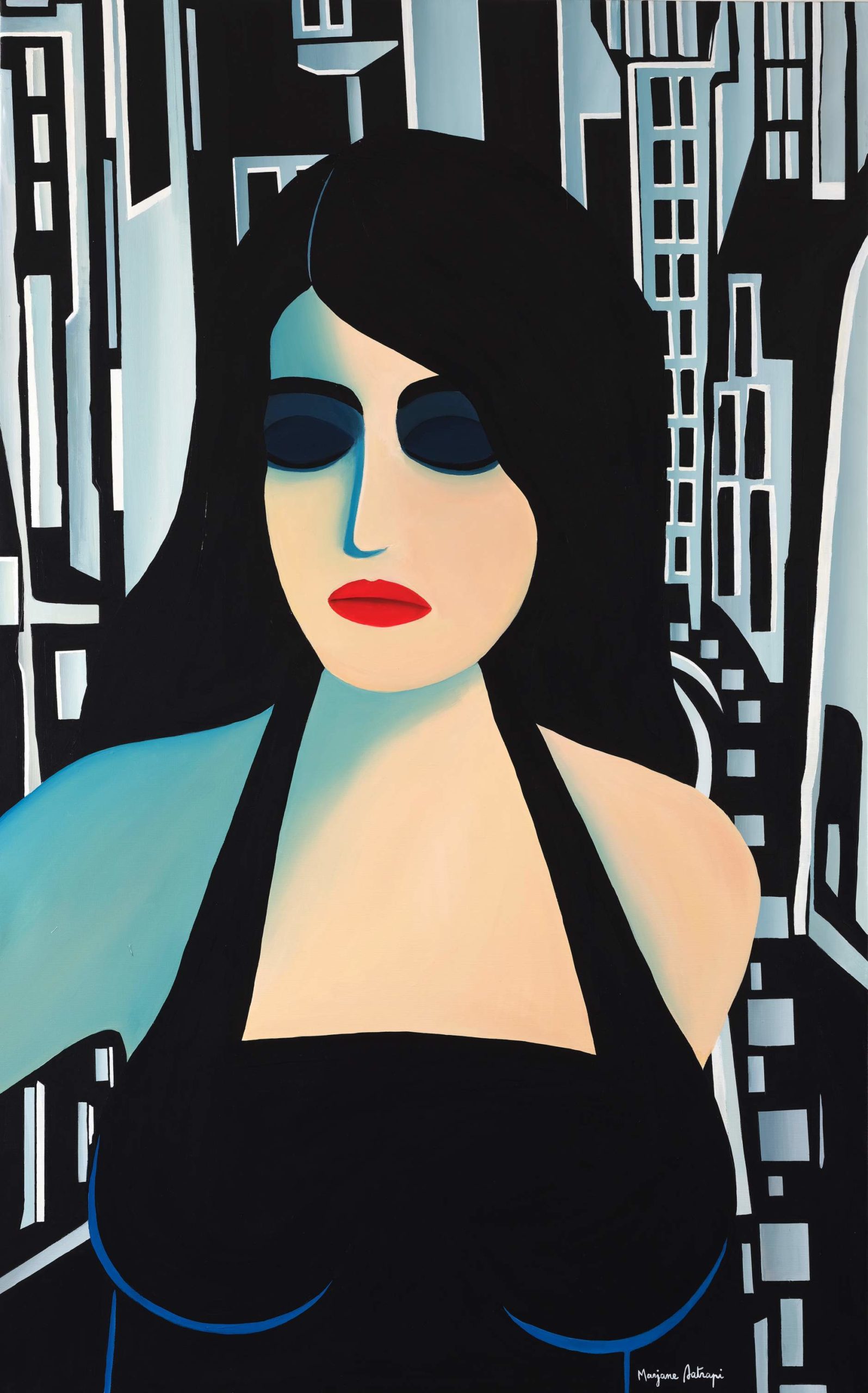


It resulted in “demonstrations for and against the veil”. Some women supported the veil while many opposed it. The separation was present between different groups of women too. However, the veil did not only separate men and women. This separation between men and women was sudden and made little sense to Satrapi. Satrapi described this experience as: “We found ourselves veiled and separated from our friends”. All schools that used to be co-educated now became single-sex schools only. Not only were girls and women made to wear veils, they were also separated from the opposite sex, virtually at all times.

With the introduction of the veil also came some other rules. The veil, in Satrapi’s view, also represented separation. It follows that the veil must have been important to Satrapi herself and to her life story. Satrapi made the conscious of choice of putting this chapter first instead of starting at the beginning of the story. This further signifies the importance of the chapter and its central theme of the veil. Persepolis opens “in medias res”, in the middle of the story rather than at the beginning. The Veil might be the first physical chapter of Persepolis, but chronologically it is not the first one. The first two panels (see below ) show how the veils makes women look uniform. This first chapter establishes the key features of the veil and the effects of wearing it. Persepolis begins with a chapter titled “The Veil”, in which the government implements policy that forces women and girls to wear the veil.


 0 kommentar(er)
0 kommentar(er)
